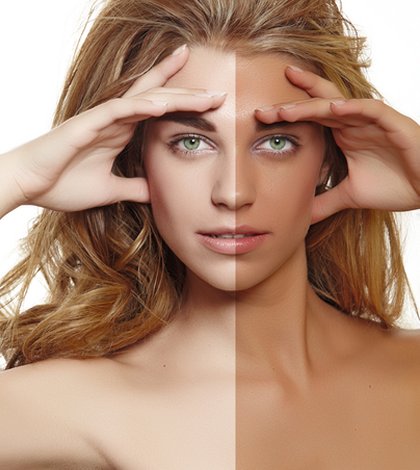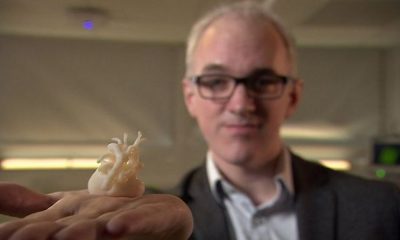The human body needs to be exposed to the sun to get its daily dose of Vitamin D. A deficiency of Vitamin D can cause a host of diseases such as osteoporosis, heart disorders and even cancer. Lack of Vitamin D in the body has a greater impact on women and can cause infertility. It could also cause harm to a fetus in the womb.
Therefore, it is essential for women to get an adequate supply of this “sunshine vitamin”. However, as most working women spend most of their waking hours indoors, there is little or no chance of getting exposed to natural sunlight. The problem is more pronounced in women living in the Northern regions of the United States where there is very little sunlight to begin with!
A Remedy for the Modern Woman
So, what is a viable solution for such women? Most modern women seem to have found an ideal alternative in artificial tanning. A quick trip to a tanning salon can indeed give you some exposure to Vitamin D. This is especially true for women who have tried taking Vitamin D supplements and hated them. To them an artificial tan is an answer to all their problems! But, before you jump to conclusions and think that you have found the perfect alternative to natural sunlight exposure, do take a while to read this.
Is Artificial Tanning healthy?
Both, the sun and tanning booths, emit two kind of rays. They are UVA or Ultraviolet A rays and UVB rays or Ultraviolet B rays.
UVA rays are longer in their wavelength. They are able to penetrate into the deepest layer of your skin. UVB rays on the other hand, have shorter wavelengths and stay on the surface of the skin. When you are out in the sun, you expose yourself mostly to UVB rays that help you absorb sunlight in a way that it benefits your health.
Unlike natural sunlight, tanning beds and tanning booths use UVA rays to a greater extent because it is difficult to calibrate UVB rays. Besides, UVB rays also cause your skin to burn quickly. In using UVA rays, these booths and beds are thus regulated in a manner that you get a strong tan. The chances of burning too are minimum. But as is clear by now, it is not as healthy as natural sunlight. Overexposure to such rays may lead to dry and itchy skin. It could also be the harbinger of early skin aging. In rare cases, it may even be the cause of skin cancer. Therefore, if you thought you could “replace” sunlight exposure with artificial tanning, you might now realise it is not a very great idea to go with.
If you want a natural, healthy tan, a better option is to spend at least fifteen odd minutes out in the sun everyday. If doing this is simply impossible, especially during the winters, you can consider spray tanning or tanning beds instead. Most modern salons keep up high standards and keep their customers protected from overexposure. As long as you are getting a tan in moderation, you should have nothing to worry about.





















